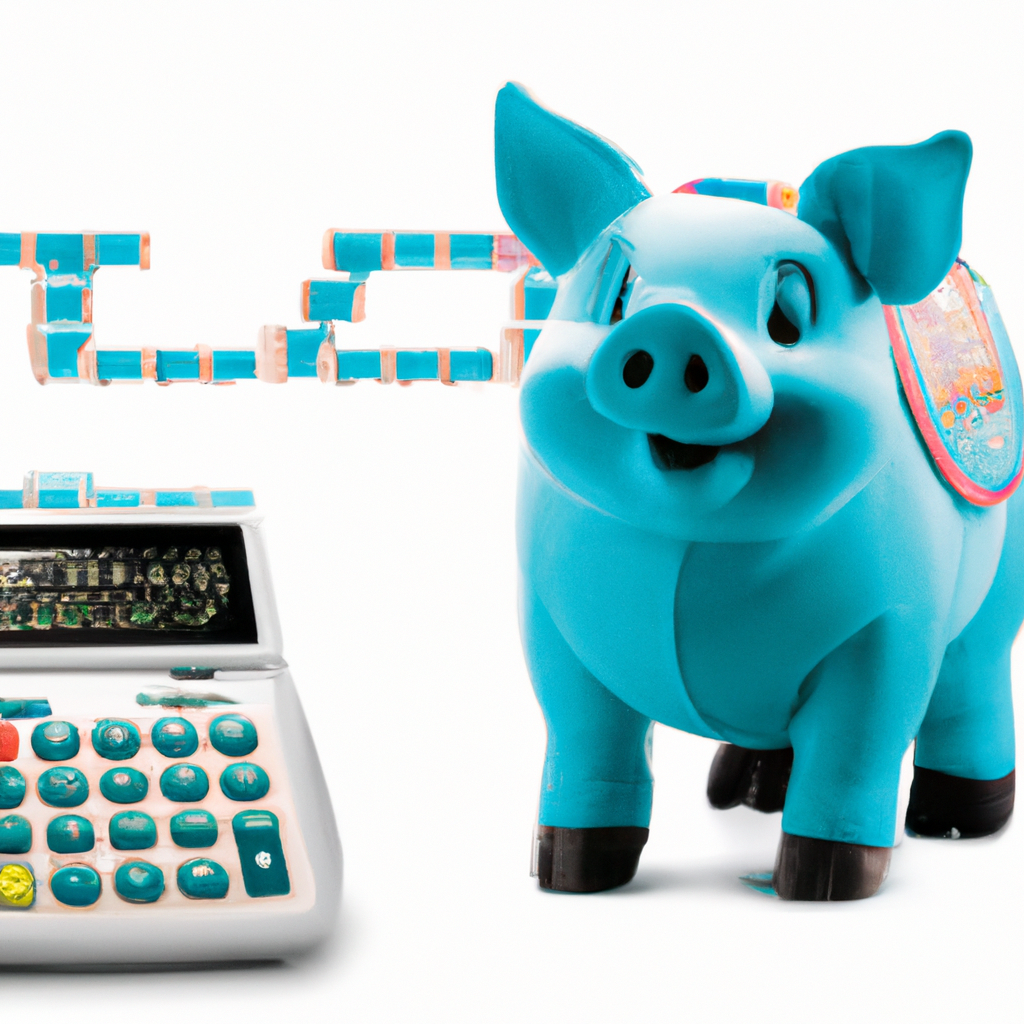10 Fun Ways to Teach Financial Literacy to Children
Teaching financial literacy to children from an early age is crucial for them to develop skills to handle money responsibly in the future. However, it can often be challenging to get kids interested in this topic. With that in mind, we’ve gathered 10 fun ways to teach financial literacy to children, making learning lighter and more interactive.
1. Allowance Game
The allowance game is a fun way to teach children about the importance of saving and planning their expenses. Create an allowance system at home, establish clear rules on money usage, and encourage kids to save a portion, donate some, and spend responsibly.
2. Home Grocery Store
Turn pretend play into an opportunity to teach about budgeting and shopping. Set up a home grocery store with pretend products and varied prices, allowing children to make choices and learn to control their spending.
3. Goal-Oriented Piggy Bank
Encourage children to have a piggy bank for their savings but add an extra motivational element. Set savings goals, like saving a certain amount to buy a desired toy, and support them in this challenge.
4. Money Storytelling
Use storytime to address topics related to money and finances. Choose children’s books that cover themes like saving, entrepreneurship, and financial planning, stimulating reflection and learning.
5. Educational Online Games
Leverage technology to your advantage and explore educational online games that address financial literacy concepts in a playful way. There are various options available that make learning more dynamic and fun for children.
6. Organizing a Charity Bazaar
Encourage children to organize a charity bazaar at home, where they can sell toys and clothes they no longer use. Besides teaching about entrepreneurship, this activity also promotes solidarity and the importance of helping others.
7. Family Expense Tracking
Involving children in tracking family expenses is an excellent way to teach them about the importance of financial planning. Discuss bills, expenses, and household budgeting, showing how financial choices impact daily family life.
8. Investing in a Small Business
Create a fictional small business at home and encourage children to invest their money in company shares. Track the business’s performance and teach about risks, financial returns, and the importance of making strategic decisions.
9. Visit to a Financial Institution
Take children to visit a bank or credit union, explaining the workings of financial services and the importance of maintaining a healthy relationship with financial institutions. This practical experience helps contextualize learned concepts.
10. Setting Financial Goals
Help children set realistic financial goals, such as saving for a family trip or a course of interest. Track progress, celebrate achievements, and reinforce the importance of planning to reach objectives.
Conclusion
Teaching financial literacy to children in a fun and interactive way is essential to prepare them to handle money consciously and responsibly. By incorporating playful and practical activities into learning, children develop financial skills early on, contributing to their autonomy and financial well-being in the future.
